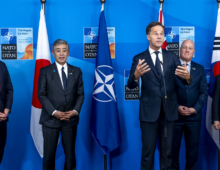|
Analysis Wildfires highlight South Korea’s rural neglect and leadership failuresLeadership void and inconsistent crisis response threaten recovery, deepen urban-rural divide and fuel distrust John LeeApril 1, 2025 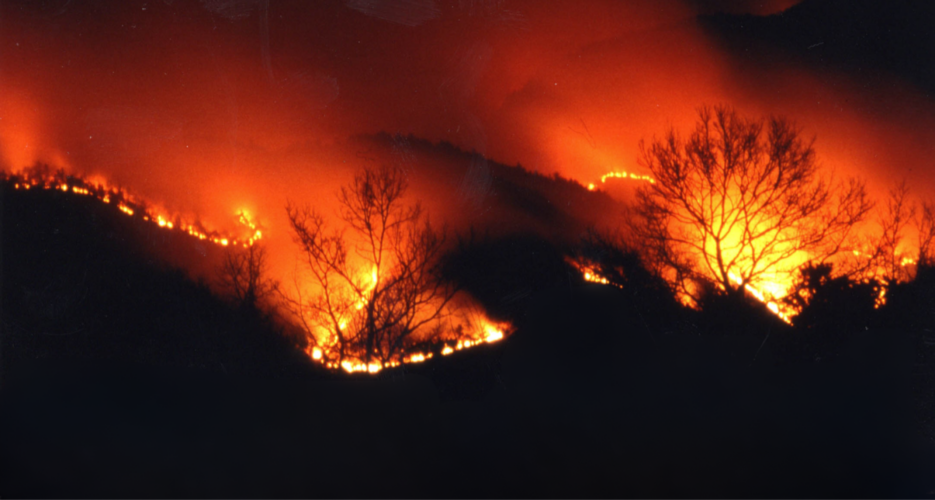 A wildfire in Goseong | Image: Wikimedia Commons (CC BY-SA 4.0) (April 10, 2000) The flames that swept through South Korea’s southeastern provinces have mostly been extinguished, leaving behind a scarred landscape and a weary populace. While government officials have declared the fires largely under control, the true crisis is just beginning. The wildfires did not merely scorch forests and burn down people’s homes; they exposed significant weaknesses in the country’s crisis management and political leadership. As the smoke clears, questions are emerging about the adequacy of the government’s response and the long-term impacts on public trust and political stability. The wildfires, which ignited in mid-March, were some of the largest in South Korea’s history, affecting thousands of residents, burning over 48,000 hectares and resulting in at least 30 fatalities. As recovery efforts continue, the government is presenting a narrative of successful containment and rapid mobilization. However, on the ground, residents tell a different story — one marked by chaotic evacuations, confusing emergency alerts and a sense of abandonment by authorities. This disparity reveals more than just a temporary failure; it highlights a systemic problem within South Korea’s governance framework, one that the country can ill afford amid political uncertainty. 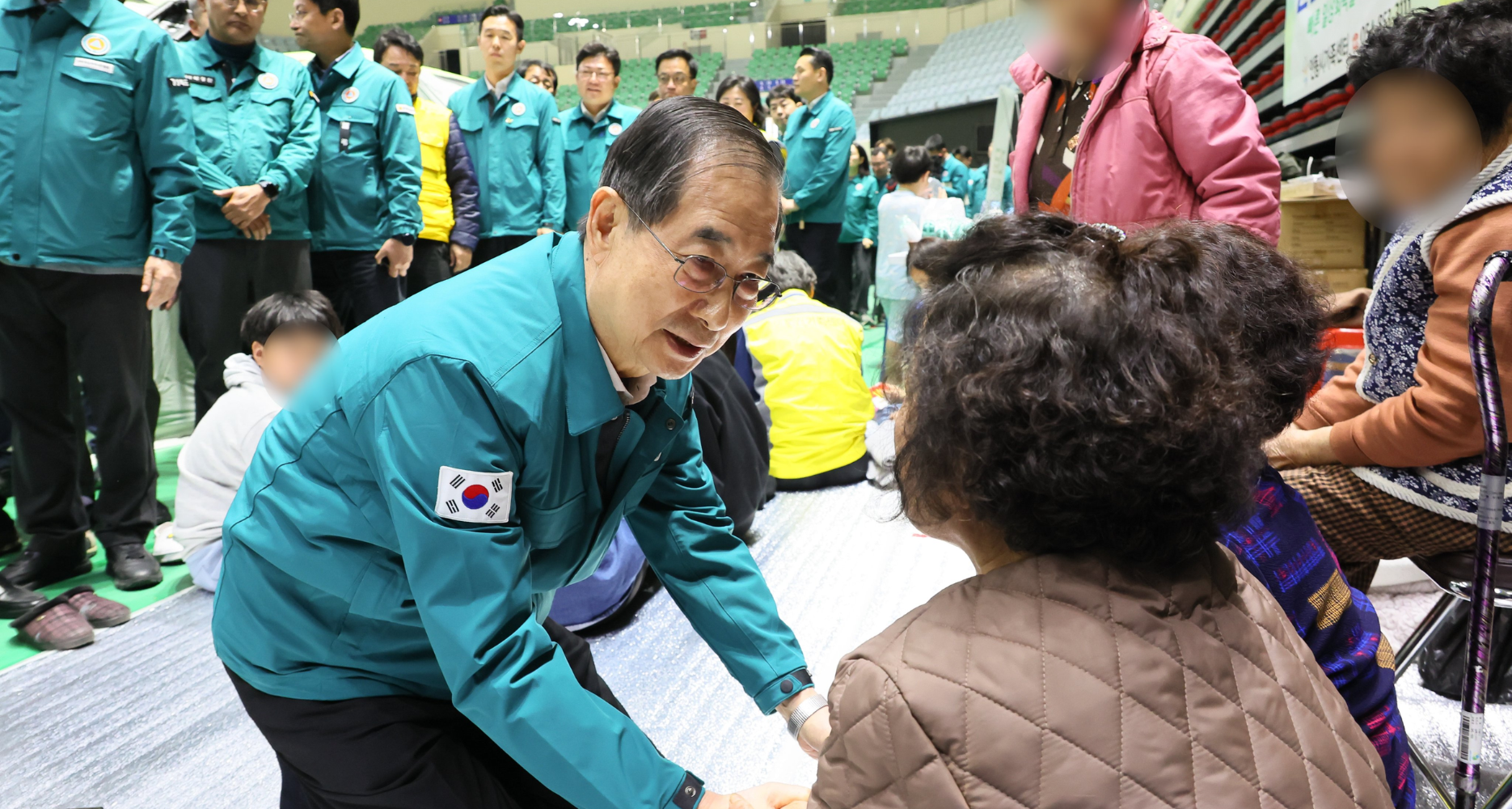 Acting President Han Duck-soo speaks with a local resident who has been taken to an emergency evacuation center, March 28, 2025 | Image: ROK Prime Minister’s Office via Twitter A CRISIS OF LEADERSHIP The official response to the wildfires highlights the government’s fragmented and inconsistent crisis management. Despite the involvement of multiple agencies, including the Ministry of the Interior and Safety, the Prime Minister’s Office and local administrations, coordination fell short. Residents in affected areas reported receiving vague and redundant emergency alerts that offered little practical guidance, leaving many unsure of what to do or where to go. Some described chaotic scenes where local officials gave conflicting instructions, exacerbating confusion and fear. This disjointed response is particularly glaring given the ongoing political turmoil in South Korea. With President Yoon Suk-yeol impeached and recently reinstated Acting President Han Duck-soo managing the crisis, the government’s ability to project authority and competence has been compromised. The leadership vacuum has not only delayed crucial decisions but also eroded public confidence, particularly in rural areas that already feel marginalized by metropolitan priorities. As these communities begin the painful process of rebuilding, the perception that Seoul is detached from their realities has intensified. MISPLACED BUDGET PRIORITIES In response to the devastation, the finance ministry announced a $6.8 billion (10 trillion won) supplementary budget on Sunday. Ostensibly aimed at aiding recovery, the budget also allocates significant resources to trade support and AI competitiveness. While including trade support and AI competitiveness is an urgent response to growing U.S. trade protectionism and investment in future industries remains crucial, prioritizing such initiatives during a disaster recovery phase signals a disconnect between policy planning and on-the-ground realities. Moreover, while the finance ministry stated that the supplementary budget would prioritize wildfire recovery and prevention, it did not provide a detailed breakdown of how the funds would be allocated. For those affected by the country’s worst wildfire ever on record, their needs lie with rebuilding infrastructure, providing housing for displaced families and supporting agricultural recovery. Apple orchards and livestock farms, key sources of local income, have been hit particularly hard, with a full damage report still pending. Although the agriculture ministry stated in its press release on Sunday that it aims to support farms impacted by the fire, it downplayed the damage stating that it expects the impact on agricultural supply and demand to be “limited.” The supplementary budget’s emphasis on technological advancement suggests a longer-term vision that fails to address the urgent challenges facing rural economies. Local governments, already struggling with resource constraints, may find themselves sidelined once again as national policies favor urban and technological development. 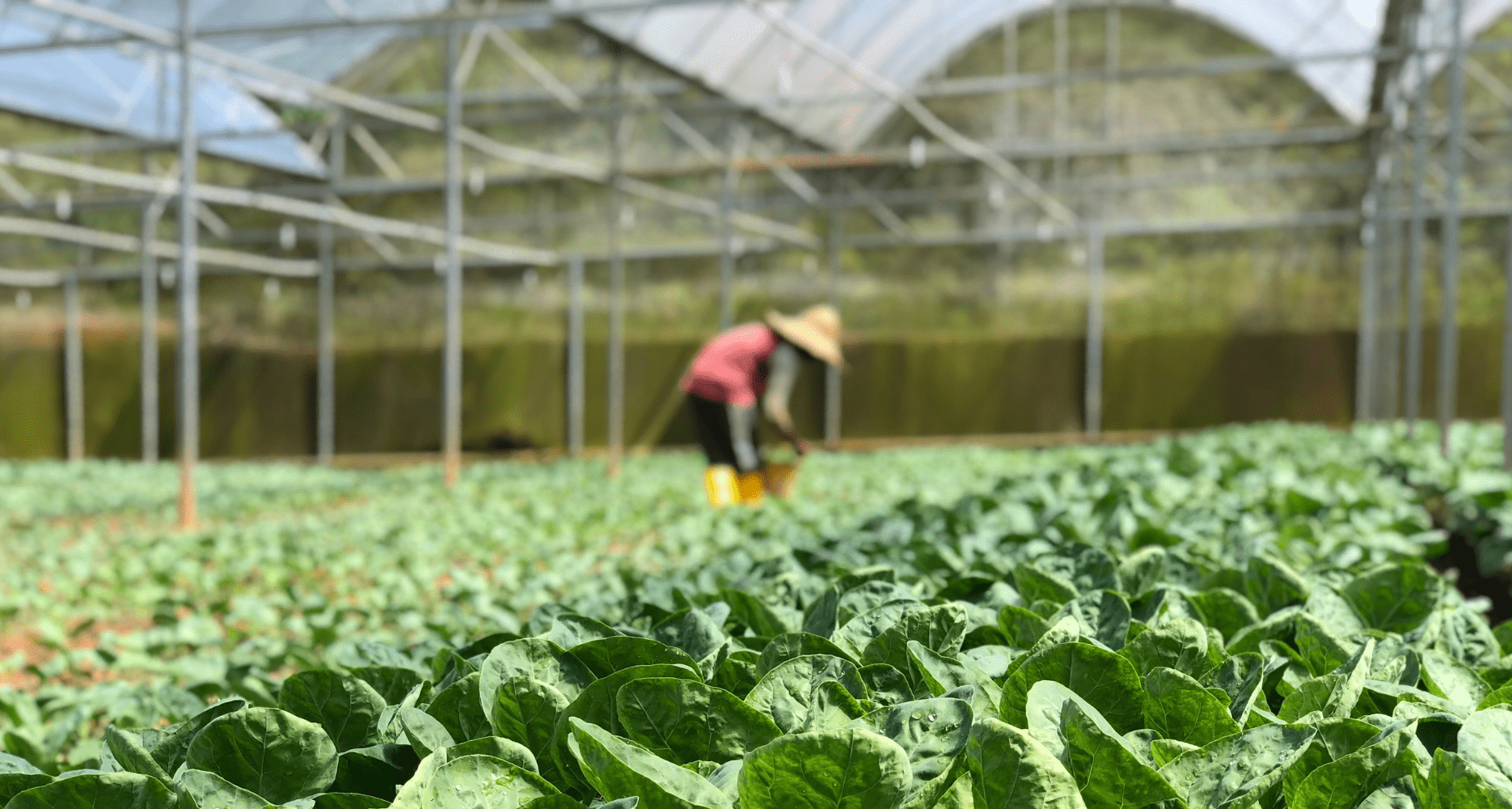 A migrant worker in a greenhouse farm, Sept. 5, 2018 | Image: Pexels ECONOMIC IMPACT AND INFLATION RISK The economic repercussions of the fires extend beyond immediate damage to homes and farmland. With fruit and livestock production having taken a severe hit, the country’s food prices — already the highest among Organization for Economic Co-operation and Development nations — are expected to spike in the coming months due to orchard destruction. The loss of livestock, particularly on pig and cattle farms, is also likely to strain meat supply chains, leading to inflationary pressures. However, it remains to be seen whether the South Korean government will deregulate agriculture imports to offset rising costs. For instance, while the U.S. cattle industry has sought cooperation from the Office of the United States Trade Representative to persuade Seoul to reduce its restrictions on beef imports, the Democratic Party, which will likely take control of the presidency following a potential snap presidential election, maintains close ties with the country’s agriculture sector. Notably, these developments come at a time when the Bank of Korea is already grappling with persistent inflationary pressures, partly as a result of rising food and energy costs. REPEATING PAST MISTAKES Past disasters, most notably the 2022 Uljin wildfire, have shown that rural economies are slow to recover, especially when orchards need replanting and livestock populations need to be rebuilt. But the lessons from that crisis appear to have been insufficiently implemented. Despite government pledges to enhance wildfire prevention and improve crisis management, this year’s fire reflects a persistent reactive approach. The focus remains on damage control rather than building resilience in vulnerable regions. Environmental experts have long warned that climate change is likely to increase the frequency and severity of wildfires. But the South Korean government’s response strategy has remained largely unchanged, favoring post-disaster aid over proactive infrastructure investments. Rural areas, where fires are most likely to occur, continue to lack adequate firebreaks and early detection systems. This oversight not only endangers lives but also heightens economic risks for communities dependent on agriculture and forestry. 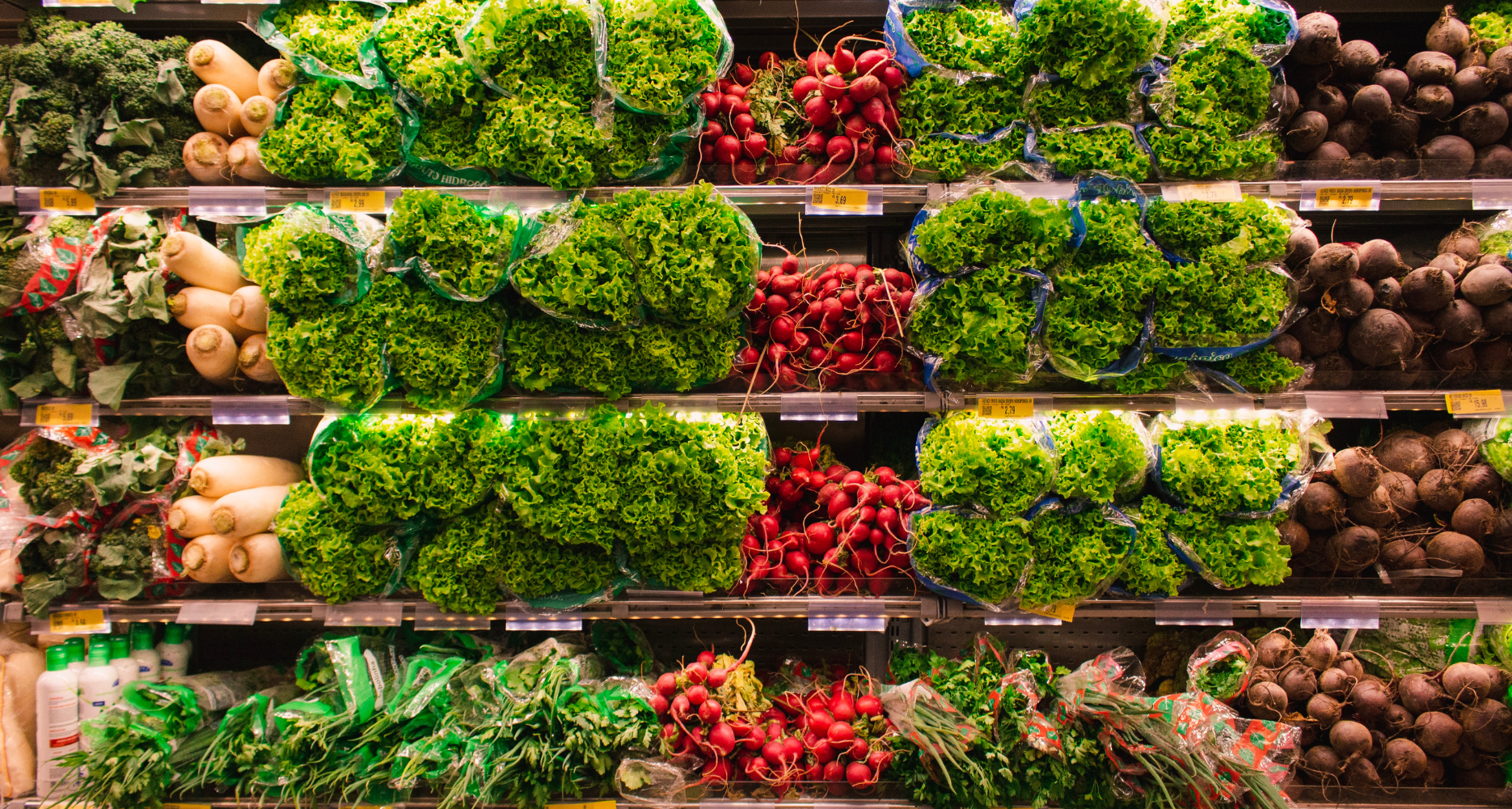 Fresh produce displayed at a grocery store | Image: Canva REBUILDING TRUST AND RESILIENCE The immediate task of rebuilding damaged homes and farms is daunting, but the greater challenge may lie in restoring public trust. Residents who feel abandoned during the crisis are likely to remember this experience long after the embers have cooled. Effective recovery will require more than just financial aid; it demands transparent communication, consistent support and a demonstrated commitment to preventing similar disasters in the future. The wildfires have exposed a critical vulnerability in the country’s crisis response system, and addressing this weakness will not only benefit those directly affected but will also serve as a crucial test of the government’s ability to manage complex emergencies amid political uncertainty. However, with both major parties entrenched in partisan warfare as the Constitutional Court continues to deliberate on Yoon’s impeachment, it remains to be seen whether national leaders will turn their attention to providing tangible, immediate relief to their provincial constituents, who are left to pick up the pieces. The ash may be settling, but the political and economic fallout is just beginning. Whether the government can rebuild not just the burned landscapes but also public trust will define South Korea’s path forward. Edited by Alannah Hill The flames that swept through South Korea’s southeastern provinces have mostly been extinguished, leaving behind a scarred landscape and a weary populace. While government officials have declared the fires largely under control, the true crisis is just beginning. The wildfires did not merely scorch forests and burn down people’s homes; they exposed significant weaknesses in the country’s crisis management and political leadership. As the smoke clears, questions are emerging about the adequacy of the government’s response and the long-term impacts on public trust and political stability. Get your
|
|
Analysis Wildfires highlight South Korea’s rural neglect and leadership failuresLeadership void and inconsistent crisis response threaten recovery, deepen urban-rural divide and fuel distrust  The flames that swept through South Korea’s southeastern provinces have mostly been extinguished, leaving behind a scarred landscape and a weary populace. While government officials have declared the fires largely under control, the true crisis is just beginning. The wildfires did not merely scorch forests and burn down people’s homes; they exposed significant weaknesses in the country’s crisis management and political leadership. As the smoke clears, questions are emerging about the adequacy of the government’s response and the long-term impacts on public trust and political stability. © Korea Risk Group. All rights reserved. |








